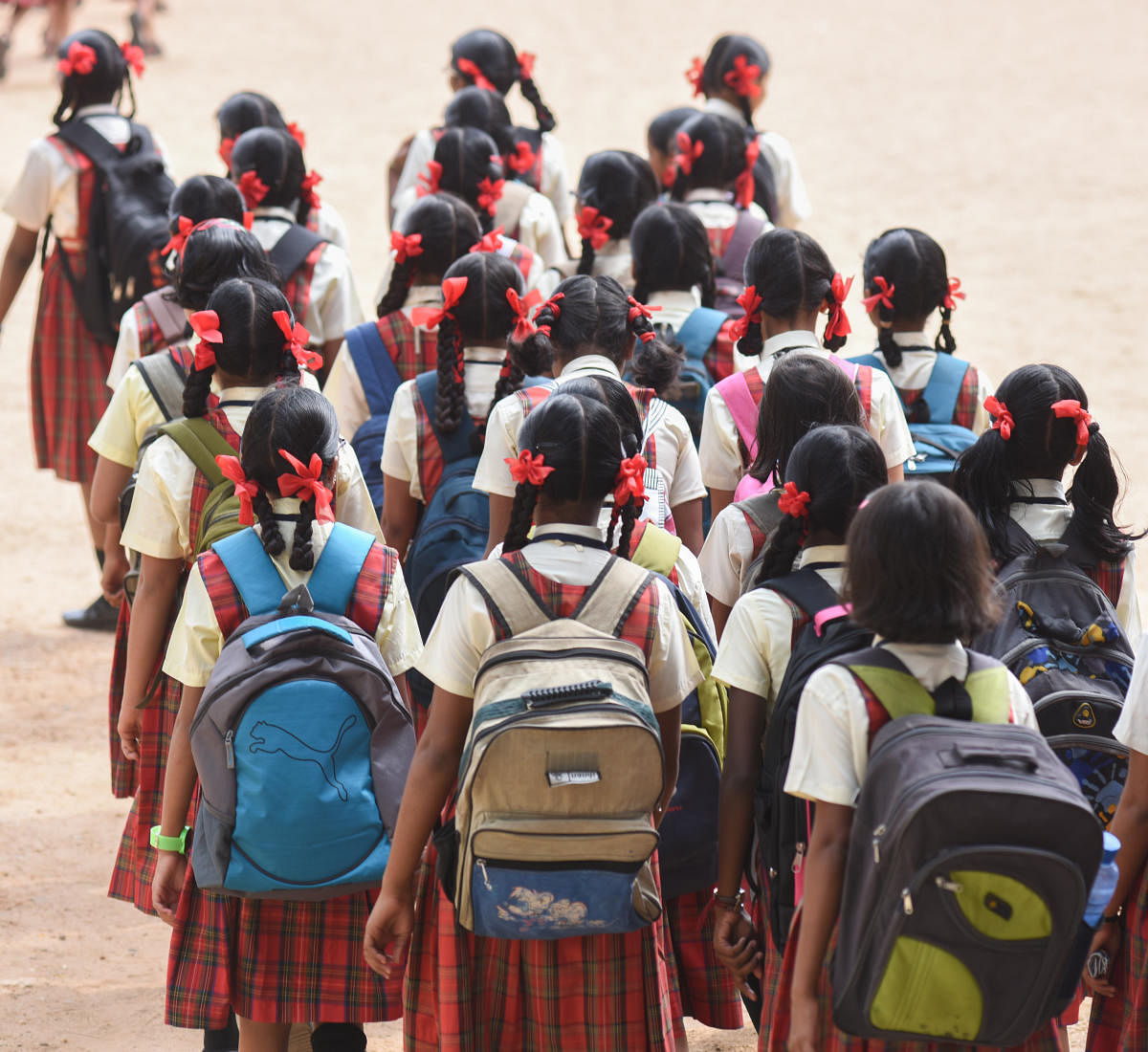Bright sunny May, every year, brings along worriment among 5% of India’s population, those in the age group of 16 and 18, as they await their ‘judgement day’. Their anxiety levels are a cumulative effect of pressure from parents, teachers and peers, who ride high on expectations with their performance in the ‘board’ exams. A student in India is recognised solely by the marks obtained. Thus, making education a gamble of a number game.
Education, a basic tool for emancipation, is at jeopardy with its framework and structures daunting students, teachers and parents alike. India was left with no choice but to adopt Macaulay’s system of education, set to an agenda of blanketing the entire nation with a single system of learning. No doubt, Macaulay’s contribution reached the masses, which was hitherto understood as a right of the elite and the rich. However, in the process, India lost many of its indigenous knowledge systems.
As India traversed over the last 70 years, we never gave a relook at reforming existing rigid structures of formal education, which is set to an arrangement of 10+2+3+2 or 10+2+4+2 or 10+2+5+2. Each group representing years spent in blindly memorising without understanding. Finally, when the student passes out, s/he forgets instantly the ‘learning’, as has been established by the findings of PRATHAM.
The sacrosanctity of the streams established dictates the child to wear blinkers so that the line of control is never crossed. If violated, then the fear of persecution in the job market is definite. Education in India is idealised as an object of fear and competition, wherein students and their parents wage a war to win a battle to earn money, fame and rank by selflessly sacrificing the innocence, childhood and importantly the ‘Self’.
The notes, guides, texts are loaded in the human gun and shot in exams with an aim to earn the ‘rank’. The ‘rank’, categorises and pushes the students into various streams, despite their inclination. Thus, the idea of educational gradation is created by an implicit knowledge pyramid and discipline boundaries with the pure sciences as a preferred destination over social sciences but delivered to the students in a mechanical fashion. Thus, a human machine with capabilities of cloning is tailored, questioning the roots of the current education system.
Various commissions on education have laid greater emphasis on curriculum development, infrastructure, training, finance, etc., than on the methodologies of teaching and learning. Policy-makers believe that merely providing ‘smart’ classrooms and repackaging the curriculum can serve the purpose.
Such superficial changes have only brought in strong laxity in preparation and delivery of teachers, adversely affecting students’ learning outcomes. This morphed pedagogy of learning and teaching has killed many innovative minds. Further, the internet has enabled students to have access to learning materials at ease, creating a gap between teachers and students.
In the neo-liberal regime, a common belief is that the end of education is money. Market forces dictate the idea of knowledge and its processes, resulting in the breaking of the temple of learning, wherein placements are given the utmost importance. These institutions provoke students to exhibit monotropic behaviour of chasing marks by setting very high cut-off percentages for entry to their portals, creating a barrier for learning.
Not only the institutions, even parents do a great damage by forcing their own interest on young minds and pushing them in the rat race. Further, to support such greedy aspirations, many coaching classes have mushroomed who blindly follow the ‘Latur Pattern’ of learning, which makes the student nothing more than an ‘information trash can’. Such pressures have only made the child a ‘successful failure’.
The Indian educational system has explicitly made a division in the learning process. In the first half of 12 long years in school, students are trained to merely imbibe the information passed on by their teachers. The practice of retention, no doubt helps in improving memory power, but the important aspect of knowledge-seeking behaviour is lost. These robots, when they enter the universities in the second leg, find it difficult to cope with, as here the emphasis is on reasoning and logic within the given disciplinary boundaries. These situations and institutional bottlenecks demand reframing of the learning-teaching process.
GRILL them
The school is the foundation of an edifice called knowledge. It needs to generate interest, inquisitiveness and confidence among students so that their innate potential can be tapped. Therefore, it is imperative to reorient learning using the GRILL (General Knowledge, Reason, Imaginativeness, Logic and Language) framework.
GRILL aims to bring out the inherent abilities of a child as against the present way of drilling in the educational system, which suppresses the self. GRILL attempts to amalgamate and subsume the disciplines of Natural Sciences, Social Sciences, Humanities and Performing Arts in a meaningful fashion so that a student can appreciate the need for all these facets in his/her life. This will help the student understand the intricacies of inter and intra dimensions of disciplines, thus creating a supple mind to learn and innovate. Therefore, it is critical to graduate from the current spoon-feeding pedagogy towards a self-directed and self-learning process called ‘andragogy’.
To achieve the self-learning objective, higher knowledge investments are necessary to enhance the teaching-learning process, wherein teachers must have greater power to assess and impart as per the individual student’s ability. The idea of exams and evaluation needs to be revamped and a student must be judged on a continuous basis, based on past performances on a qualitative scale. To encourage the aspirational quotient, one must understand that every child is unique and their learning capabilities need to be respected.
A fast-learning child can move ahead faster whereas the slow learners should be encouraged by giving them more time without making value judgements. This can be done by designing appropriate policy and by the desire of the learner and teachers.
(The writer is Assistant Professor, Centre for Development Studies, PES University, Bengaluru)
